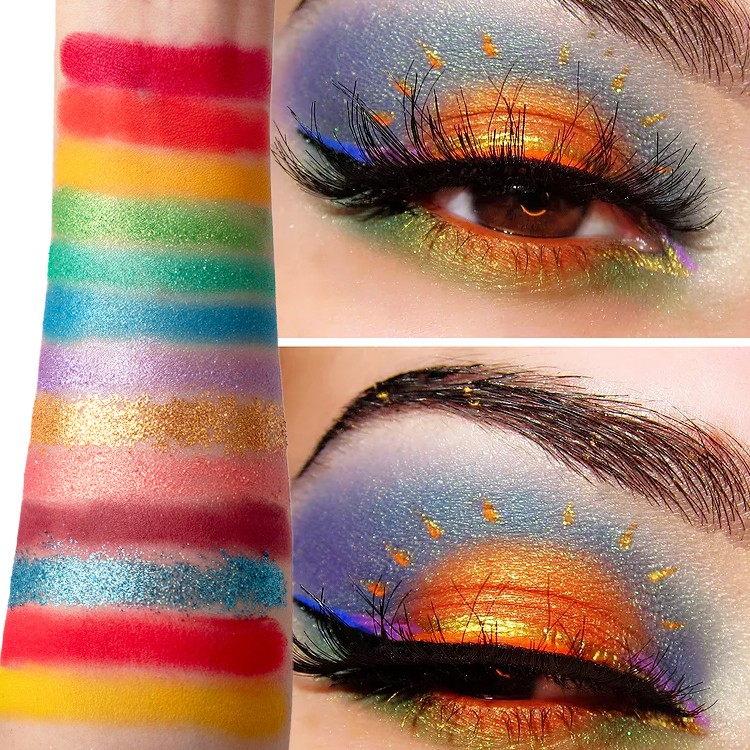How to Make High Pigment Eyeshadow?
How to Make High Pigment Eyeshadow?
In order to make high pigment eyeshadow, first we need to understand what kind of eyeshadow can be called high pigment.
What is high pigment eyeshadow?
Pigmented eyeshadow formulas that actually contain higher levels of pigment are typically long-wearing, vivid, and maintain the same color in the pan that they do on the skin. These eye-catching eye shadows contain a high concentration of color pigments, with fewer fillers and binders than traditional products.
There are two types high pigment eyeshadow- loose and pressed pigment. Loose pigments come in small jars, and feature a lightweight, airy consistency. These products are highly concentrated and provide a potent dose of color in a small package. Pressed powders feature a solid, cakelike consistency, similar to traditional eye shadows.
Pigmented eye shadows are also highly blendable, allowing you to release your inner artist and create those custom colors you crave.
Tips of make high pigment eyeshadow
DIY eyeshadow ingredients
Mica (Sericite Mica)
Mica comes in a form of white powder. It reflects light and provides an optical shimmer. Gives products a very smooth feel and provides medium adhesion.
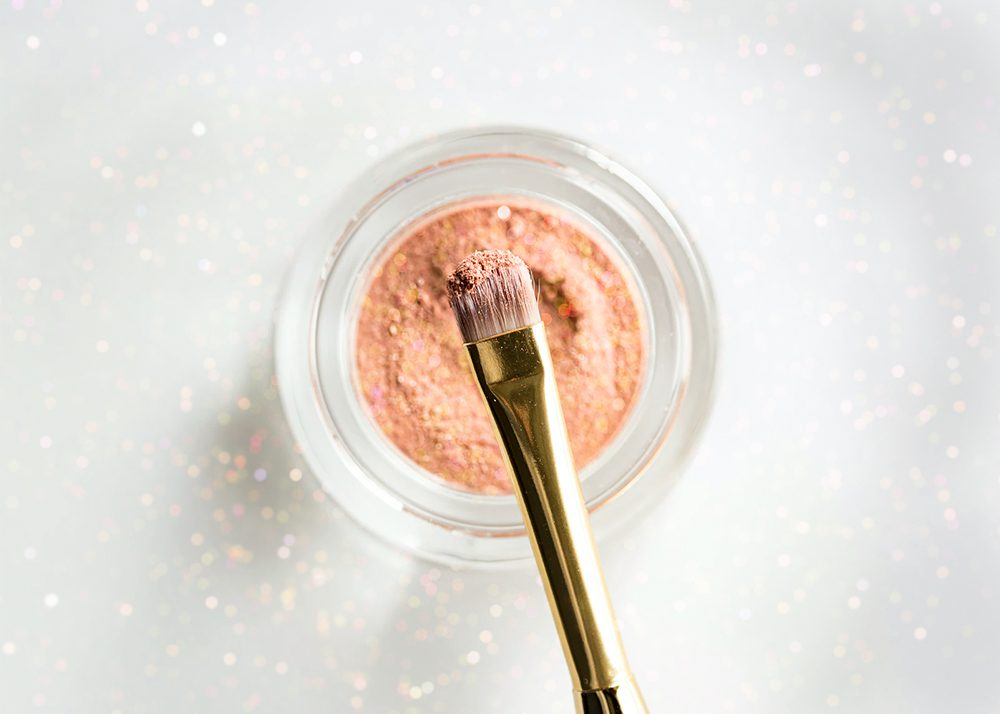
Pashmica
Pashmica is a mix of natural mineral mica and smooth Silica (also a natural mineral). Gives the product smooth feel, applies to the skin well, absorbs oil, prevents caking.
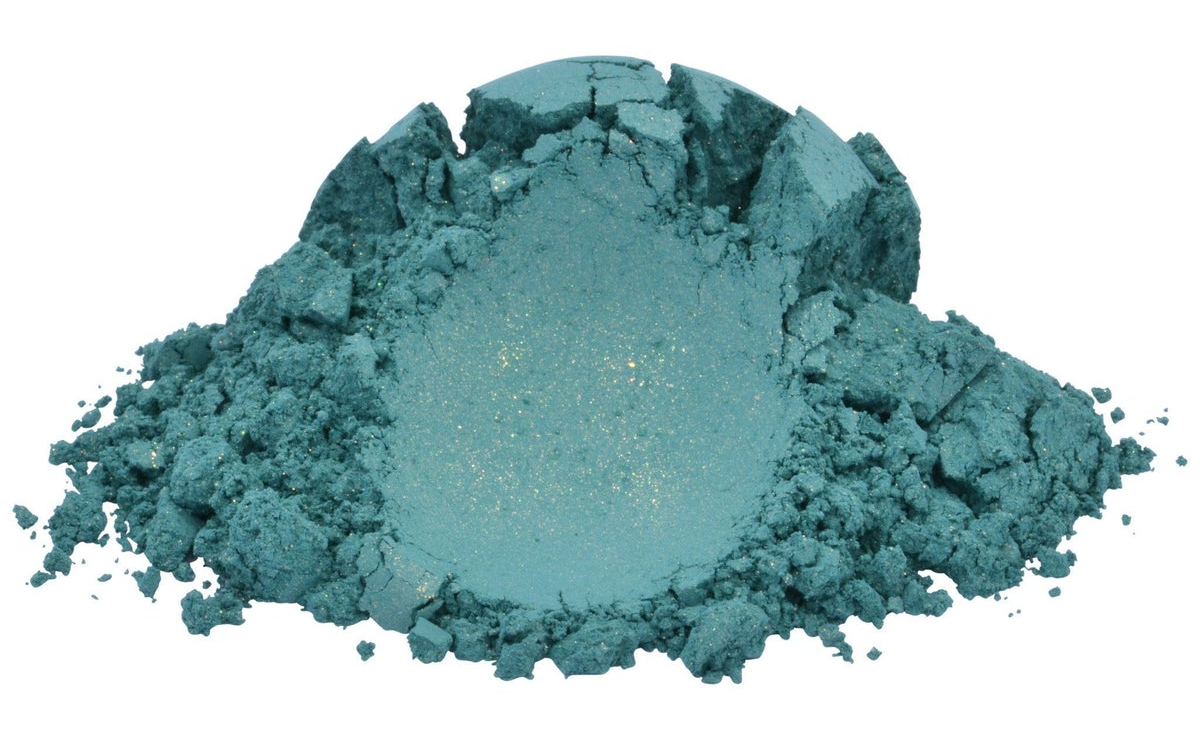
Titanium dioxide
It is a white, opaque and naturally-occurring mineral. It is chemically processed to remove any impurities, leaving pure, white pigment available for use. Titanium oxide is often used in face foundations because it allows the skin to breathe. It provides amazing whitening and light scattering properties and is a great opacifier. Which means your colors will pop more. Is also known as "bare-faced" mineral and does not clog the pores.
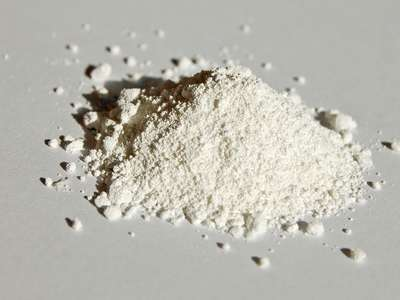
Magnesium Myristate Sericite
This is basically mica treated with magnesium myristate. It gives products a smooth feel, improves skin adhesion, improves compression of pressed powders, and increases the wear time of color cosmetics.
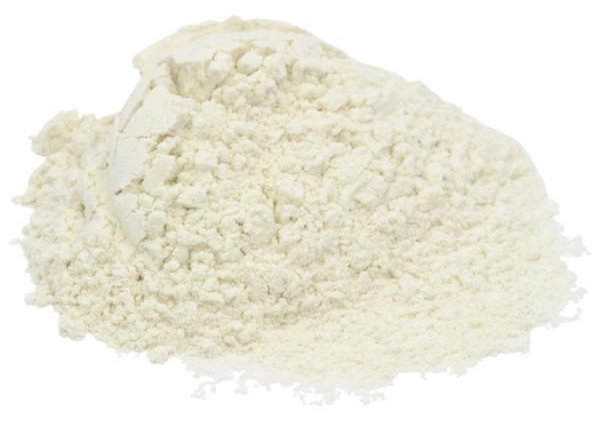
Color pigment
Color pigments (include iron oxide, clays, etC.). Just like mica powders, these are available in a variety of colors. You can mix and match to create even more variations. Color pigments have no shimmer and work great if you want to make a matte eyeshadow. You can also mix it with mica powders to create just the right amount of shimmer. Color pigments are more poten than mica powders so you need less to achieve the color.
Oxide pigments can be difficult to mix. If you want to mix let's say yellow and blue you will have to mix the two colors and then grind them in pestle and mortar. Only this grinding will reveal the green color.
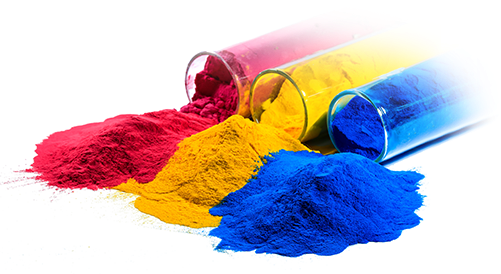
Eyeshadow base
To make a good quality, long lasting high pigment homemade eyeshadows you will first need an eyeshadow base. Eyeshadow base is just a simple mix of colorless ingredients that provide necessarily properties to your eyeshadows, such as: adhesion, oil absorbency, smooth texture, coverage and more. Eyeshadow base is just a simple mix of colorless ingredients that provide necessarilyproperties to your eyeshadows. It helps the product to stick to the skin better, stay longer, absorbs excess oils, provides smooth texture, nice slip and coverage. There is no one correct way to mix these base ingredients. Most of them have similar properties and can be substituted by each other. This is important if you are sensitive to one or the other ingredient. Each mix will, of course, provide different results (opacity, adhesion, staying power, smoothness and etc.). Some mixtures will work better for sparkly eyeshadows and some will be better for the matte finish.
Eyeshadow filler/base recipes
- 1 tsp Mica + 1/4 silica + 1/2 tsp zinc oxide + 1/2 tsp titanium dioxide
- 1 treated sericite mica + 1/4 titanium dioxide + 1/4 rice starch
- 1/2 Zinc Oxide + 1 Silk Mica + 4 Kaolin Clay + 1/2 Pearl Mica
- 1/4 Titanium dioxide+ 1/8 zinc oxide + 3 kaolin clay + 1 rice flour
To make matte shadows you need to use less mica (because it gives shimmer) and more oxide pigments. Oxide pigments do not have a natural slip and do not feel good on the skin on its own. Therefore, you need to use different filler base for these pigments to have a nice slip on your skin. Also, matte shadows will need more filler base and less colorant in their formula. Again this is to achieve that nice slip and smooth texture.
Tips of apply high pigment eyeshadow
just like how to apply pressed glitter eyeshadow, there are some tips of how to make eyeshadow more pigmented. You can read more about: https://www.molacosmetics.com/news/glitter-eyeshadow
Wear a Primer
If you use a good primer, your shadow will look way more saturated.
Use a White Base
You can add more oomph to your pigmentation with a white base. Colors are much brighter under a white base, so this is especially good if you're trying to help the pigmentation of neon or rainbow shadows.
Add Layers
Wet Your Brush
You don't want to wet a matte pigment; you'll alter the color. But for shimmers, this is a great idea: load your brush with pigment and spray with water or a setting spray like MAC Fix+. Then apply the shadow. This will turn your eyeshadow into a more paint-like substance and should help with your pigmentation problems.
Try a Glitter Glue
If you're still struggling at this point, time to break out the big guns. We're going to need some glitter primer for this.
Again, this tip is only for shimmers. You're going to have some weird eyelids if you try this with your mattes.
First, add some glitter glue to your brush and apply it where you want the shadow to go. Then, use a new brush and apply the shadow on top of the glue on your eyelid.
Scrape off the Top Layer of Product
It's rare that makeup comes to you with a hard layer on top, but some powder products unfortunately do. In cases like these, people report having to scrape off the top layer in the pan to find softer product underneath.

